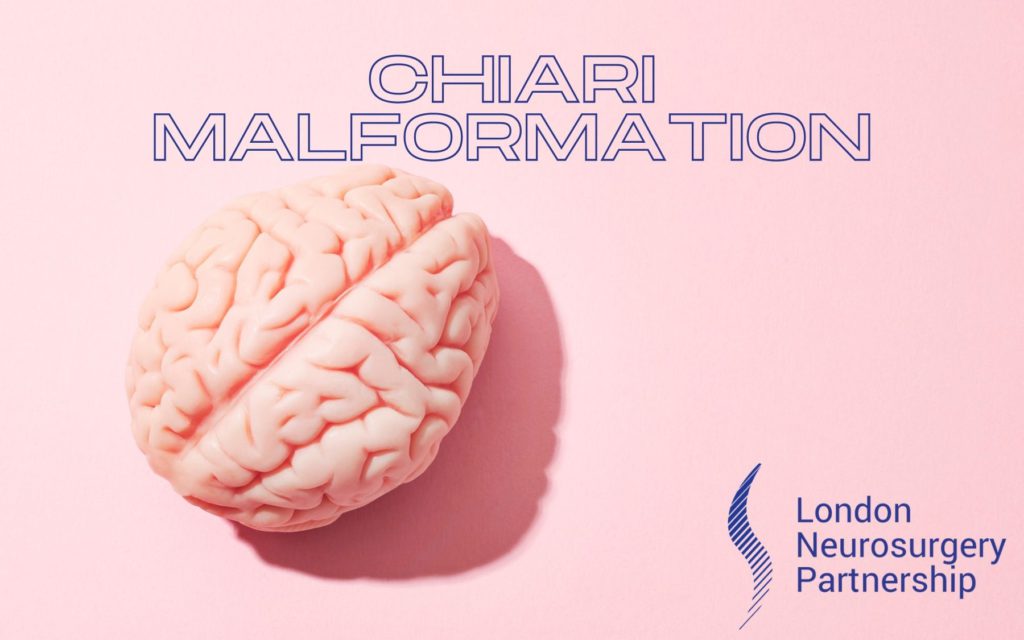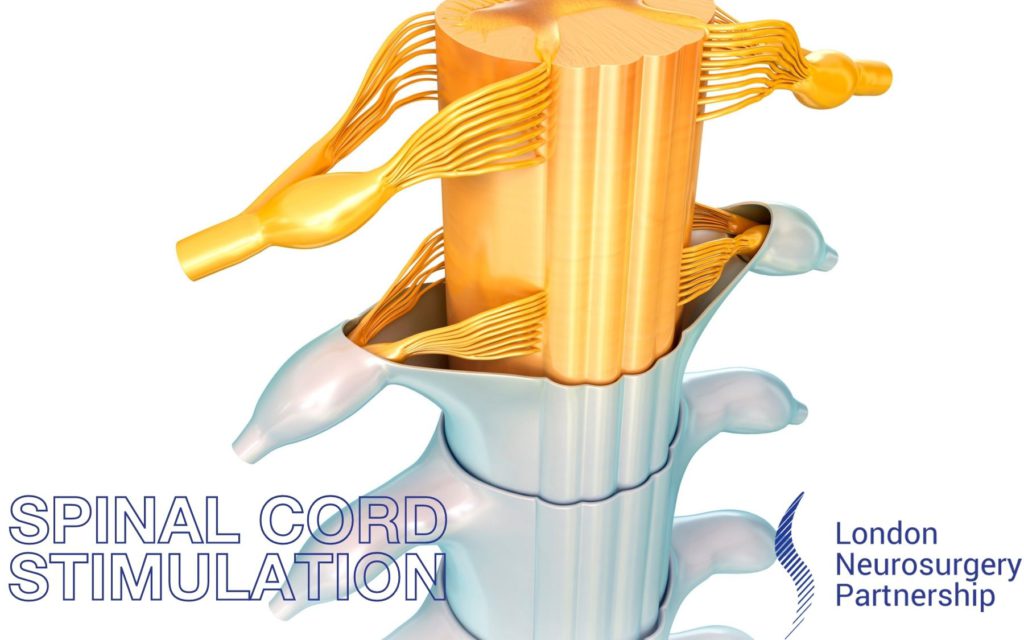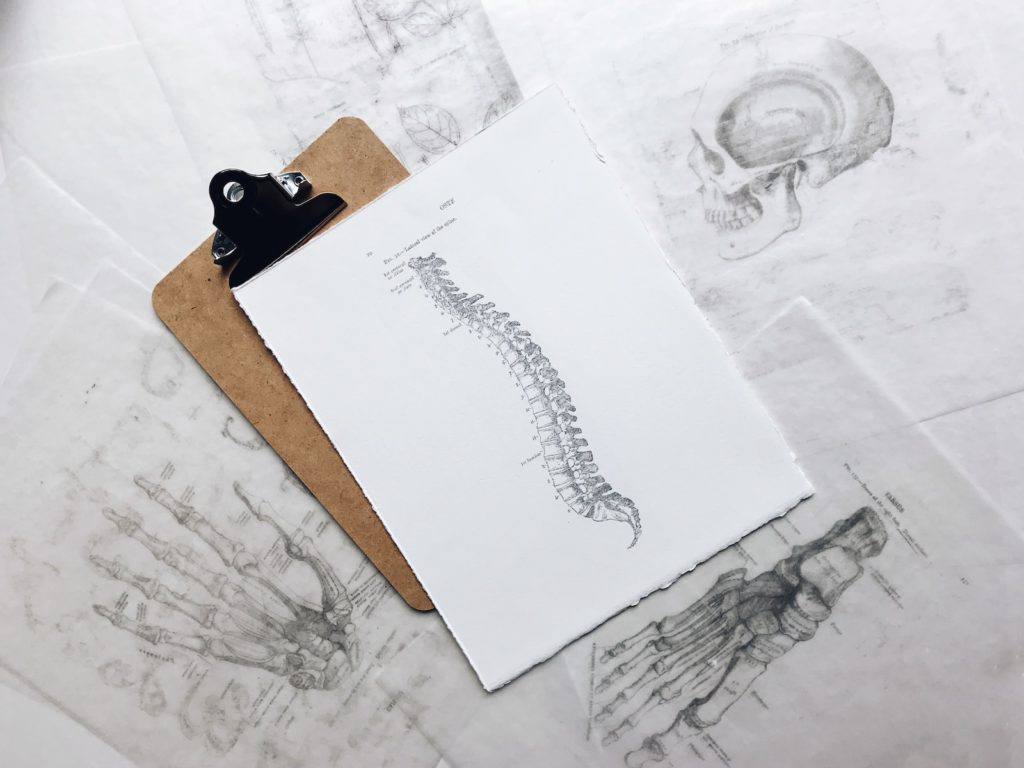
Chiari malformation refers to a condition in which some of the brain tissue (namely the cerebellar tonsils, cerebellum, brain stem and/or part of the fourth ventricle) extends into the spinal canal. This can happen when the skull is unusually small or misshapen so the brain tissue is pushed downwards into the spinal canal. We asked Mr Sanj Bassi, London Neurosurgery Partnership’s Chiari expert, to explain a bit about Chiari malformations, the different types as well as how and why they happen.
The concern is that the abnormal positioning of the brain can lead to a blockage of signals from the brain to the body or a build-up of cerebrospinal fluid in the brain or spinal cord. There may also be pressure of the brain on the spinal cord and brain stem leading to neurological problems. That said, many people with a Chiari malformation have no signs or symptoms so the condition goes unnoticed without need of treatment. The increased use of imaging tests has led to more frequent diagnosis, even without symptoms. However, symptoms can occur depending on type and severity of the Chiari malformation.
The Chiari malformation can be divided into three types, with Chiari I and II being the most common, although some doctors will include a fourth type within the classification:
Chiari I:
- Although often asymptomatic, if these become apparent it is usually in late childhood/early adulthood.
- Symptoms include an impulse headache (associated with increased brain pressure especially after coughing or sneezing), balance and vision problems, and if associated with a spinal cyst (syringomyelia) can cause poor hand coordination, difficulty walking and difficulty swallowing (syringobulbia).
- These occur when a part of the back of the skull is too small or is deformed causing the brain to become cramped. Therefore, the lower part of the brain (cerebellar tonsils) are pushed into the upper part of the spinal canal.
Chiari II:
- This type often presents at birth and is always related to an open myelomeningocele/spina bifida (the backbone and spinal canal do not close properly prior to birth). A greater proportion of the brain extends into the spinal canal than in a Chiari I.
- Symptoms can include changes in breathing, feeding/swallowing problems, quick downward eye movements and arm weakness.
Chiari III:
- This is one of the more severe but also rare forms of Chiari where a portion of the back part of the brain protrudes through an opening in the skull called an encephalocele. Chiari III can be associated with neurological problems and is usually diagnosed at birth or in pregnancy.
How do you treat a Chiari malformation?
The treatment of Chiari malformation varies depending on the type and symptoms.
Asymptomatic Chiaris will likely be treated with nothing other than monitoring with regular examinations, follow ups and MRI scans.
Symptomatic Chiaris will usually be treated surgically. The aim of surgery is to stop the progression of symptoms and anatomical changes whilst hopefully having some positive impact on symptoms.
With a symptomatic Chiari I it is important to always treat the hydrocephalus first (often with a shunt – see hydrocephalus post). Following this a posterior fossa decompression may be done to remove a small amount of bone from the back of the skull to give the brain more space. In some cases, the surgeon may also remove a small section of bone from the top of the spine to give the spinal cord more room. Sometimes the covering of the brain and spinal cord (dura) may be thinned to allow the brain and spinal cord more space. These options would all be discussed but the aim of these procedures is to free the brain and spinal cord of compression.
It is important to note that there are risks and complications as with all surgery and it is imperative to discuss these with your consultant when deciding if surgery is the best option.
This article is intended to inform and give insight but not treat, diagnose or replace the advice of a doctor. Always seek medical advice with any questions regarding a medical condition.
Back to spinal conditions and brain conditions.





0 Comments